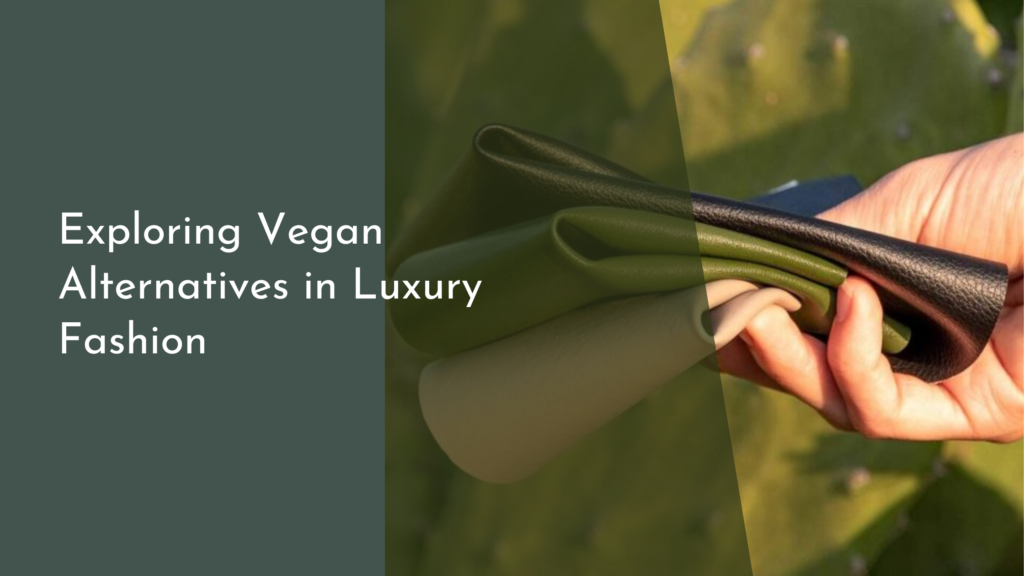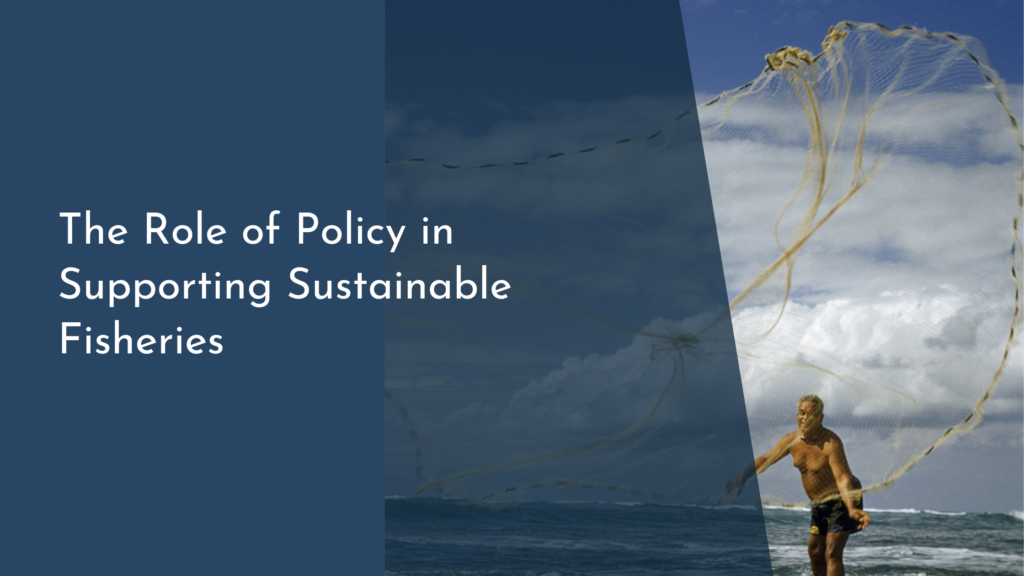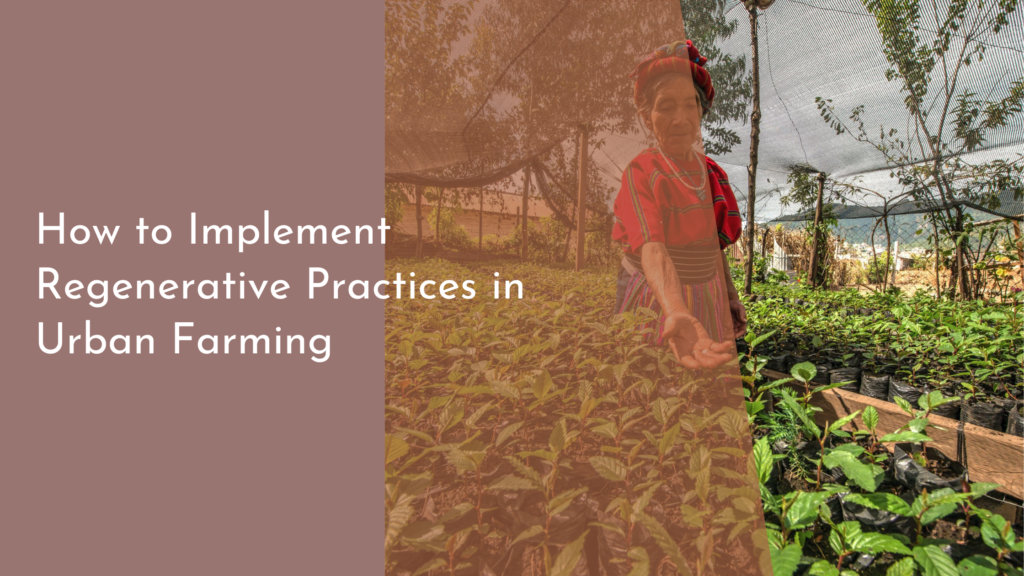How Poaching Threatens Sustainability in Wildlife Management
Poaching has become one of the most significant threats to wildlife sustainability across the globe. As illegal hunting practices continue to escalate, the delicate balance of ecosystems is increasingly at risk. This article explores the intricate relationship between poaching and wildlife management, examining its impacts on biodiversity and ecosystems while also highlighting innovative solutions and ways individuals can contribute to protecting our natural heritage.
Understanding Poaching: A Major Threat to Wildlife Sustainability
Poaching refers to the illegal hunting, capturing, or killing of wildlife, often driven by high demand for animal products such as ivory, skins, and exotic pets. This activity not only threatens individual species but also undermines the broader goals of wildlife management and conservation. When poaching persists unabated, it can lead to dramatic declines in animal populations, resulting in potential extinction and the loss of genetic diversity crucial for species survival.
Moreover, poaching often goes hand-in-hand with habitat destruction, as poachers may clear land for agriculture or other illicit activities. This destruction further exacerbates the challenges faced by wildlife, making it even harder for vulnerable species to thrive. The consequences are far-reaching, affecting entire ecosystems and disrupting the intricate web of life that sustains our planet.
The Impact of Poaching on Ecosystems and Biodiversity
The ramifications of poaching extend beyond individual species; they ripple through ecosystems, altering food chains and diminishing biodiversity. When keystone species are targeted, the effects can be catastrophic. For instance, the poaching of elephants not only threatens their population but also impacts the flora and fauna that depend on them for ecological balance. Elephants play a vital role in seed dispersal, and their absence can lead to overgrown vegetation, which, in turn, affects other wildlife that relies on specific habitats.
Additionally, the loss of biodiversity can have profound implications for ecosystem services that humans rely on, such as clean water, pollination, and climate regulation. Healthy ecosystems are resilient and capable of adapting to change; however, when poaching depletes species and disrupts these systems, they become vulnerable to other threats, including climate change and disease. Ultimately, the sustainability of wildlife management hinges on the protection of biodiversity and the ecosystems that support it.
Innovative Solutions to Combat Poaching Challenges
As the poaching crisis escalates, innovative solutions have emerged to combat this pressing issue. Technology plays an increasingly vital role in wildlife conservation efforts, with tools such as drones, GPS tracking, and camera traps being employed to monitor endangered species and deter poachers. Anti-poaching patrols equipped with these technologies can cover larger areas more efficiently, allowing for timely interventions when illegal activities are detected.
Community involvement is another crucial strategy in tackling poaching. Many conservation organizations are working to educate local populations about the importance of wildlife protection and the benefits of sustainable practices. By providing alternative livelihoods, such as eco-tourism and sustainable agriculture, communities can shift their reliance away from poaching and become active participants in conservation efforts. Together, these innovative approaches create a multifaceted response to the threats posed by poaching.
How We Can All Help Protect Wildlife Together!
Protecting wildlife from poaching is a shared responsibility that requires collective action. Individuals can contribute by supporting conservation organizations that focus on anti-poaching efforts and habitat protection. Volunteering for local initiatives or participating in awareness campaigns can also create a meaningful impact. Every small action counts, and when multiplied by many, it can lead to significant change.
Additionally, making informed consumer choices can help reduce demand for products linked to poaching. By choosing sustainably sourced goods and raising awareness about the impacts of illegal wildlife trade, we can contribute to a global movement towards wildlife conservation. Together, we can build a future where wildlife thrives, ensuring that future generations can enjoy the splendor of nature’s diversity.
In conclusion, while poaching poses a serious threat to wildlife sustainability, awareness and action can lead to meaningful change. By understanding the challenges and taking proactive steps, we can contribute to the preservation of our planet’s rich biodiversity. Every effort is a step towards a world where wildlife is protected, ecosystems are healthy, and future generations can enjoy the beauty of nature. Let’s join hands and work together to combat poaching—because a sustainable planet is a happy planet!



